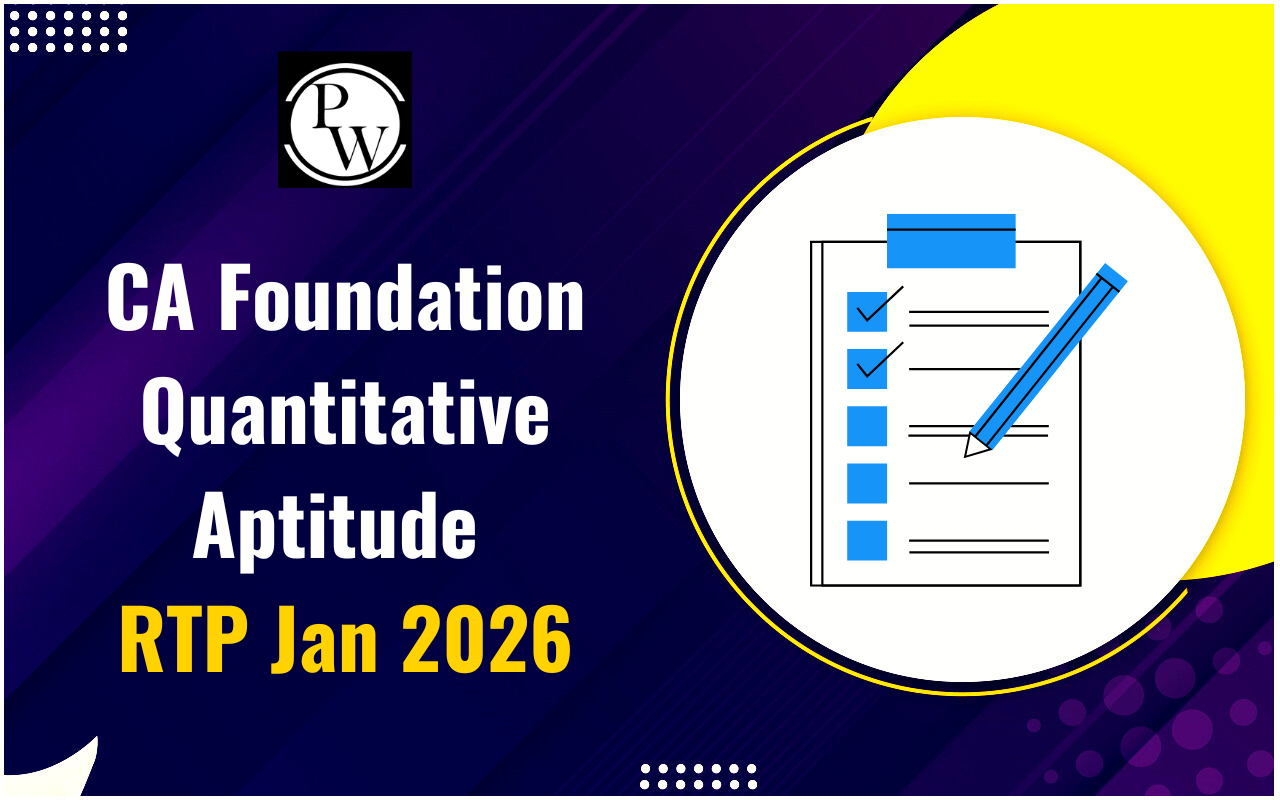
Segment Reporting is a vital aspect of financial accounting that aspiring Chartered Accountants must master. As part of the CA Syllabus, understanding Segment Reporting not only helps in exams but also in real-world financial analysis. This guide will delve into the nuances of this topic, offering insights and practical knowledge essential for CA Exams .
What Is Segment Reporting?
Segment Reporting involves the division of a company's financial information into segments to give a clearer picture of its overall performance. These segments could be based on geographical regions, product lines, or other business activities. By doing this, companies can provide more transparency and detailed information to investors, regulators, and other stakeholders.Importance of Segment Reporting
Segment Reporting is essential for several reasons. Firstly, it helps in identifying which parts of the business are performing well and which are not. This insight is valuable for management to make informed strategic decisions. Secondly, it enhances the transparency of financial statements, providing investors with a better understanding of where the company's profits and losses are coming from. Lastly, it ensures compliance with regulatory requirements, thereby reducing the risk of legal issues.
Key Components of Segment Reporting
The following are the key components of Segment Reporting:1. Identification of Segments
The first step in this Reporting is to identify the different segments within the company. This could be based on business activities, geographical locations, or other criteria that best reflect the company's structure and operations.2. Financial Information
Once the segments are identified, companies need to prepare detailed financial information for each segment. This includes revenues, expenses, assets, and liabilities. This data is then used to analyze the performance of each segment.3. Performance Analysis
Analyzing the performance of each segment is crucial for Segment Reporting. This involves comparing the financial information of each segment against various benchmarks and performance indicators. The goal is to identify trends, strengths, and weaknesses in each segment.4. Disclosure Requirements
Companies are required to disclose segment information in their financial statements as per the regulatory guidelines. This includes detailed notes and explanations to ensure that the financial statements are transparent and easy to understand.Also Check: Arbitration and Conciliation Laws
Benefits of Segment Reporting
The following are the benefits of segment reporting:1. Enhanced Decision-Making
By providing detailed financial information for each segment, it helps management make better strategic decisions. This information is invaluable in identifying areas of growth and potential challenges.2. Improved Transparency
For investors and other stakeholders, Segment Reporting provides a clearer picture of the company's overall performance. This transparency helps build trust and confidence in the company's financial statements.3. Regulatory Compliance
Segment Reporting ensures that companies comply with regulatory requirements, thereby reducing the risk of legal issues and penalties. This is particularly important for companies operating in multiple jurisdictions with different regulatory frameworks.4. Performance Measurement
By analyzing the performance of each segment, companies can identify areas of improvement and implement targeted strategies to enhance overall performance. This is particularly useful for large, diversified companies with multiple business lines.Segment Reporting Standards
There are several standards and guidelines for Segment Reporting that companies need to adhere to. These include the International Financial Reporting Standards (IFRS) and the Generally Accepted Accounting Principles (GAAP). These standards provide a framework for identifying segments, preparing financial information, and disclosing segment data in financial statements.IFRS 8 Operating Segments
IFRS 8 is the standard for Segment Reporting under the International Financial Reporting Standards. It requires companies to identify segments based on the internal reports used by the company's chief operating decision-makers. This standard emphasizes the importance of providing detailed financial information for each segment to enhance transparency and decision-making.ASC 280 Segment Reporting
ASC 280 is the standard for Segment Reporting under the Generally Accepted Accounting Principles in the United States. Similar to IFRS 8, it requires companies to report segment information based on the internal reports used by management. This standard also outlines the specific disclosure requirements for segment data in financial statements.Best Practices in Segment Reporting
To ensure effective Segment Reporting, companies should follow best practices. These include:1. Clear Identification of Segments
Companies should have a clear and consistent method for identifying segments. This method should reflect the company's structure and operations and be aligned with the internal reports used by management.2. Detailed Financial Information
Companies should prepare detailed financial information for each segment, including revenues, expenses, assets, and liabilities. This information should be accurate and up-to-date to provide meaningful insights.3. Regular Performance Analysis
Regular performance analysis of each segment is crucial for identifying trends, strengths, and weaknesses. Companies should use this analysis to make informed strategic decisions and improve overall performance.4. Compliance with Standards
Companies should ensure that they comply with the relevant standards and guidelines for Segment Reporting. This includes adhering to the disclosure requirements and providing detailed notes and explanations in the financial statements. For CA students, mastering this topic is essential for success in their exams and professional careers. PW CA Coaching provides the perfect resources and support to help you achieve this goal.| Also Check | |
| Audit Automation and Analytics | IT Audit and Controls |
| Audit Evidence and Documentation | Public Sector Audit |
| Accounting for Small and Medium Enterprises (SMEs) | Integrated Reporting |
Segment Reporting FAQs
What is Segment Reporting?
Why is Segment Reporting important?
What are the key components of Segment Reporting?
What standards govern Segment Reporting?










